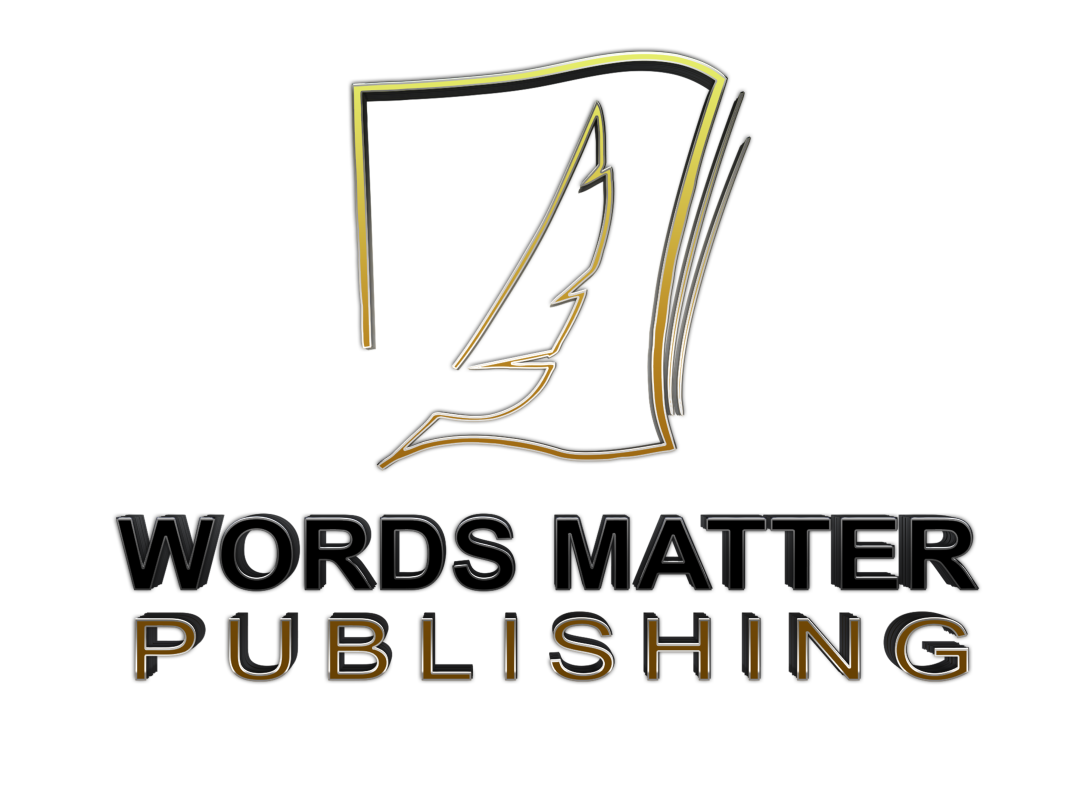Mastering the Engine That Powers Every Page of Your Novel
If plot is the skeleton of your story, conflict is the heartbeat. It’s what keeps the reader glued to the page, rooting for your characters, biting their nails at the rising stakes. Without conflict, a story becomes flat—a collection of scenes without momentum, characters without purpose, pages without pulse.
Conflict is the engine of storytelling.
But many beginning writers misunderstand conflict. They think it has to be loud—fistfights, car chases, evil overlords. In reality, the most powerful conflict is often quiet, internal, and deeply personal. In this post, you’ll learn the different types of conflict, how to weave them into your narrative, and how to use them to drive character growth and plot forward.
What Is Conflict?
Conflict is the opposition between a character’s desire and an obstacle. It’s what happens when something—or someone—gets in the way of what your character wants or needs.
The moment a goal meets resistance, your story comes alive.
Why Conflict Matters
Strong conflict:
- Creates stakes and tension
- Reveals character traits and flaws
- Keeps your story moving
- Triggers growth and change
Readers don’t just want to see what happens next—they want to see how characters deal with struggle. That’s where emotion lives. That’s where connection happens.
The 5 Types of Conflict Every Writer Should Know
- Character vs. Self (Internal Conflict)
Your character battles doubt, fear, guilt, or a false belief.
- Example: A soldier struggling with PTSD
- Why it works: Creates emotional depth and strong arcs
- Character vs. Character
Two characters want opposing things.
- Example: A detective and a killer; a mother and a rebellious teen
- Why it works: Sparks dialogue, tension, and drama
- Character vs. Society
Your character challenges cultural norms, law, or injustice.
- Example: A woman fighting for the right to vote in a patriarchal society
- Why it works: Adds weight and thematic relevance
- Character vs. Nature
The environment becomes the antagonist.
- Example: A sailor stranded at sea
- Why it works: Heightens physical survival stakes
- Character vs. Supernatural/Fate/Technology
Includes gods, AI, magic, destiny—anything beyond human control.
- Example: A hacker fighting a rogue AI
- Why it works: Adds epic scale or philosophical undertones
How to Build Conflict Into Every Scene
Conflict shouldn’t just exist at the plot level—it should live in every scene.
Before you write a scene, ask:
- What does my character want?
- What stands in their way?
- What’s at risk if they fail?
- How will this moment change them?
Even a simple conversation can become electric with the right conflict underneath.
Example:
Two sisters sit at a kitchen table. One wants a favor. The other holds a grudge.
Boom. Instant tension.
Conflict = Questions
A good conflict plants questions in the reader’s mind:
- Will she tell the truth?
- Will he make the right choice?
- What will they do next?
These questions are what keep pages turning.
Conflict and Character Arc
Your protagonist’s internal conflict should evolve alongside your plot. As external stakes rise, their internal struggle should deepen.
Example:
- In Act I, your hero doubts their ability.
- In Act II, they fail and consider quitting.
- In Act III, they rise to the challenge—and win (or lose with grace).
The resolution of conflict = character growth.
How to Escalate Conflict Over Time
Conflict should intensify—not stagnate.
- Start small: A lie told.
- Raise the stakes: The lie is discovered.
- Push further: Someone is hurt because of it.
- Peak: The character must finally come clean or lose everything.
Escalation creates momentum and emotional payoff.
Balancing Internal and External Conflict
External conflict drives plot. Internal conflict drives theme.
Blend both for a richer narrative:
- External: She’s racing to defuse a bomb.
- Internal: She’s afraid she’ll fail—just like last time.
When inner and outer conflicts collide, magic happens.
Conflict Without Drama? Still Possible
Not all conflict is life-or-death. Even quiet genres like literary fiction or romance depend on emotional tension:
- A love interest with opposing goals
- A family secret threatening trust
- A choice between two good (or bad) options
It’s not about volume—it’s about pressure.
Conflict Pitfalls to Avoid
- Conflict for conflict’s sake: Every obstacle should tie to character goals or theme.
- Flat conflict: If the stakes don’t grow, readers lose interest.
- Instant resolutions: Let tension breathe. Quick fixes kill drama.
- Unmotivated choices: Conflict must arise logically from character desires and fears.
Final Thoughts: Let Them Struggle
If you love your characters, you have to make them suffer. Not aimlessly—but purposefully. Conflict is the crucible that reveals who they really are.
So don’t protect your characters from hardship. Lean into it. Let them wrestle with pain, truth, failure, and impossible choices.
Because when your characters struggle, your story soars.


